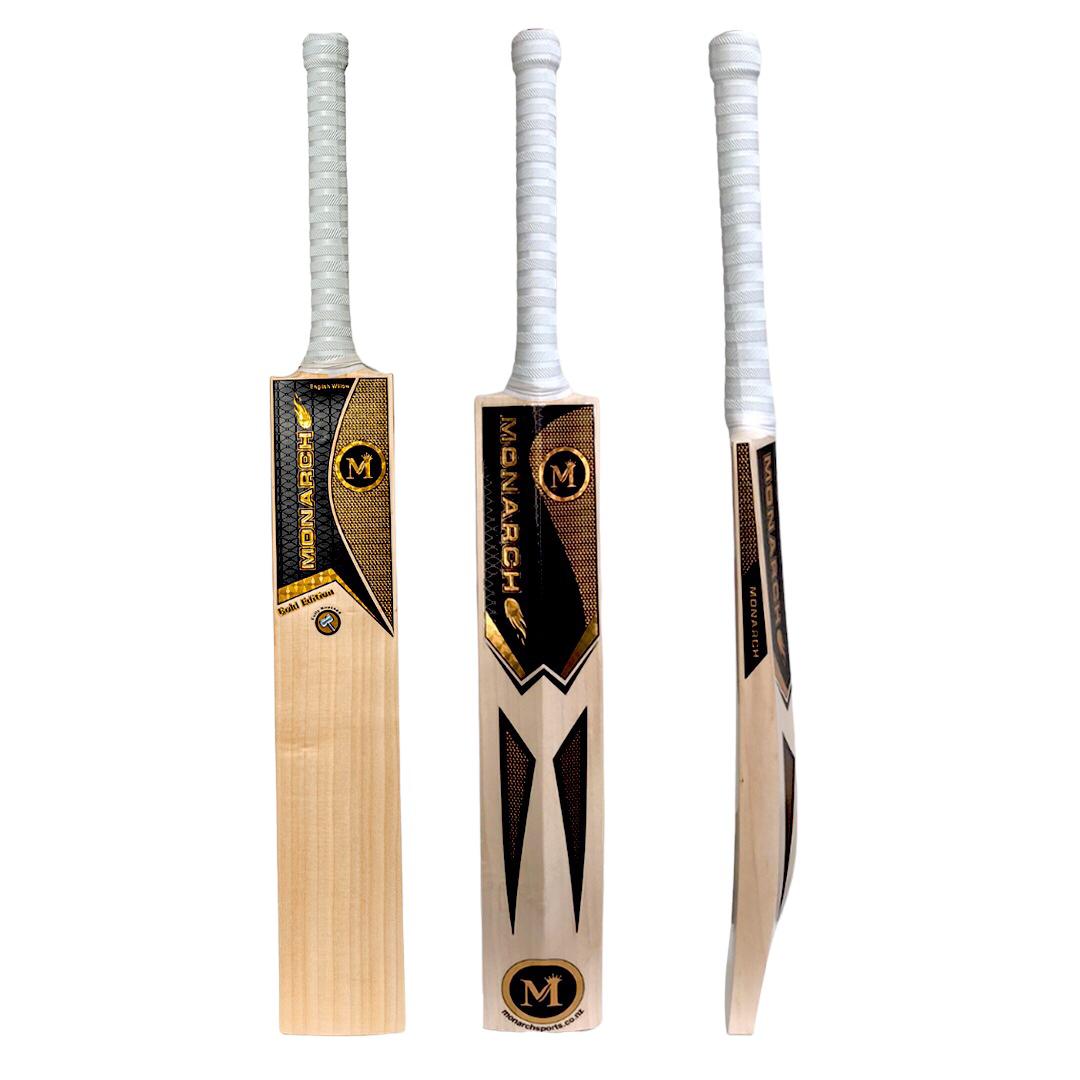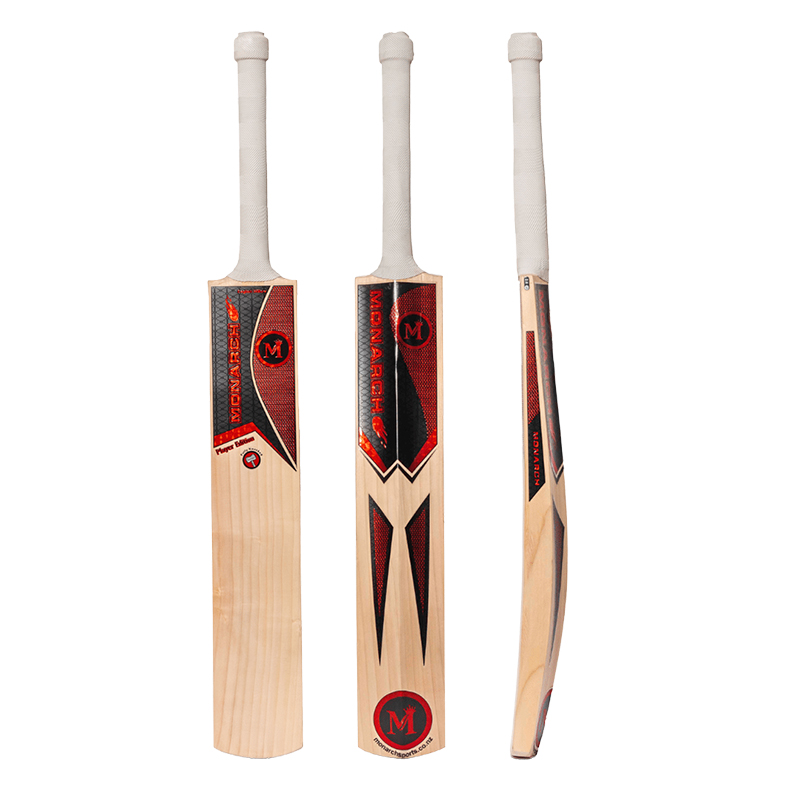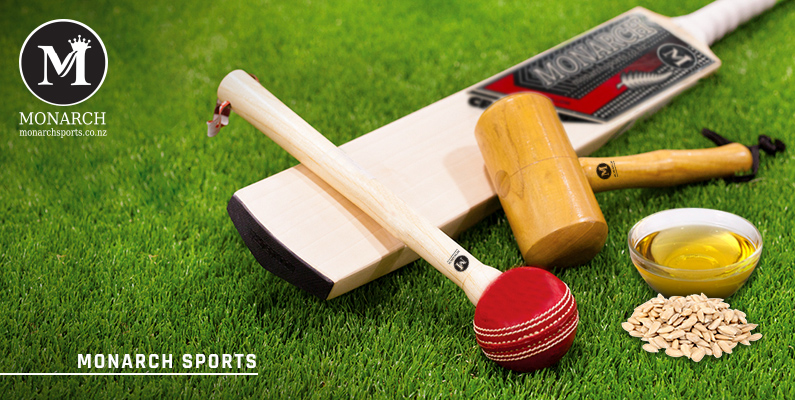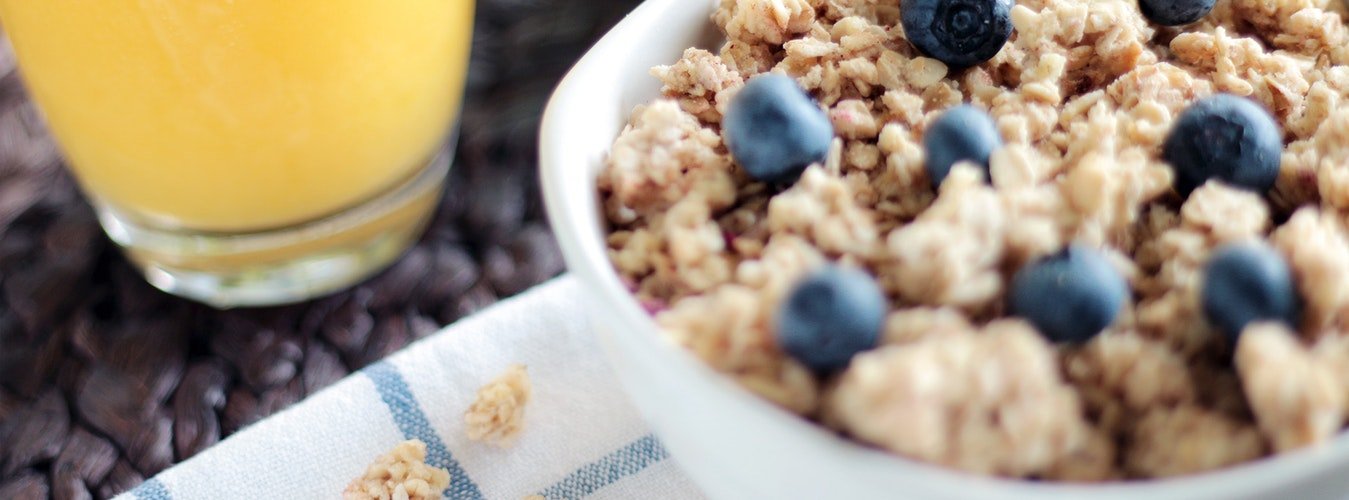Improve the Lifespan and Performance of Your English Willow Cricket Bat through Proper Oiling
Is your English willow cricket bat not performing as well as it used to? Are you finding it difficult to time your shots and get the desired power? The solution may be as simple as proper oiling. Oiling your cricket bat can significantly improve its lifespan and performance, giving you the edge you need on the pitch.

By applying the right oil to your bat, you can enhance its durability, prevent cracks and splits, and even improve its rebound effect. Proper oiling helps in keeping the moisture content intact, ensuring that the fibers of the willow remain strong and resilient.
But here’s the crucial part – you need to know the correct techniques and best practices for oiling your English willow cricket bat. In this article, we will guide you through the process, debunk common myths, and share expert tips to help you get the most out of your bat.
Don’t let a neglected bat hold you back. Take the necessary steps to extend the lifespan and optimize the performance of your English willow cricket bat through proper oiling. Start reading now and unleash the full potential of your bat on the field.
Importance of oiling your cricket bat
Oiling your cricket bat is crucial for several reasons. Firstly, it helps in maintaining the moisture content in the willow, preventing it from drying out and becoming brittle. This, in turn, reduces the risk of cracks and splits, ensuring that your bat remains in top condition for longer.

Secondly, oiling your bat helps in improving its performance. The oil seeps into the fibers of the willow, making them more resilient and flexible. This enhances the rebound effect, allowing the bat to generate more power and transfer it efficiently to the ball.
Lastly, regular oiling can also help in extending the lifespan of your cricket bat. By keeping the willow well-maintained and nourished, you can prevent premature wear and tear, ensuring that your bat remains in optimal condition for a longer period.
Benefits of regular oiling
Regular oiling of your cricket bat offers numerous benefits that can significantly improve your performance on the pitch. Here are some key advantages of incorporating oiling into your bat maintenance routine:

- Enhanced Durability: Oiling your bat creates a protective layer on the surface, shielding it from moisture and environmental factors that can cause damage. This helps in extending the lifespan of your bat, allowing you to enjoy its performance for a longer time.
- Improved Rebound Effect: The oil penetrates the fibers of the willow, making them more flexible and responsive. This enhances the rebound effect, ensuring that the bat generates maximum power and transfers it efficiently to the ball.
- Reduced Risk of Cracks and Splits: Oiling your bat helps in maintaining the moisture content of the willow, preventing it from drying out and becoming brittle. This reduces the risk of cracks and splits, which can significantly impact the performance and longevity of your bat.
- Optimal Balance and Pick-up: Properly oiled bats have better balance and pick-up, allowing you to maneuver and control the bat with ease. This can greatly improve your shot-making ability and overall performance on the field.
Now that you understand the importance and benefits of oiling your cricket bat, let’s move on to the next step – choosing the right oil for your bat.
How to choose the right oil for your cricket bat
Choosing the right oil for your cricket bat is essential to ensure optimal performance and longevity. Here are some factors to consider when selecting the oil:

- Linseed Oil: Linseed oil is the most commonly used oil for cricket bats. It penetrates the willow effectively and provides the necessary nourishment. Look for raw, cold-pressed linseed oil for the best results.
- . Grade of Oil: Opt for a high-quality oil that is specifically formulated for cricket bats. Avoid using generic oils or those with additives, as they may not provide the desired results and could potentially damage the bat.
- Drying Time: Consider the drying time of the oil. Some oils dry faster than others, allowing you to oil your bat and get back on the field sooner. This can be particularly important if you have limited time for bat maintenance.
- Application Method: Decide whether you prefer applying the oil with a cloth or a brush. Both methods are effective, but using a cloth allows for better control and coverage.
Now that you know what to look for when choosing the oil, let’s move on to the step-by-step guide for oiling your cricket bat.
Step-by-step guide to oiling your cricket bat
Proper oiling of your cricket bat involves a systematic approach to ensure even coverage and maximum absorption. Follow these steps to oil your bat effectively:

- Clean the Bat: Start by cleaning the bat with a damp cloth to remove any dirt or debris. This will ensure that the oil penetrates the willow effectively.
- Apply the Oil: Pour a small amount of oil onto a soft cloth or brush. Begin applying the oil to the face, edges, and back of the bat. Use gentle, circular motions to work the oil into the willow fibers.
- Allow the Oil to Penetrate: Once you have applied the oil, leave the bat in a horizontal position for at least 24 hours. This allows the oil to penetrate the willow and nourish the fibers effectively.
- Repeat the Process: After the initial oiling, repeat the process at least two more times, allowing the bat to dry completely between each application. This ensures that the willow is properly nourished and protected.
- Store the Bat Properly: After oiling, store your cricket bat in a cool, dry place away from direct sunlight. This will help in maintaining the moisture content and preventing the bat from drying out.
Following these steps will ensure that your cricket bat receives the proper care and attention it needs. However, there are some common mistakes you should avoid while oiling your bat.
Common mistakes to avoid while oiling your bat
To get the best results from oiling your cricket bat, it is important to avoid these common mistakes:
- Over-Oiling: Applying too much oil can saturate the willow and make it heavy, negatively affecting the bat’s performance. Use a moderate amount of oil and ensure even coverage.
- Using the Wrong Type of Oil: Using oils that are not specifically formulated for cricket bats can damage the willow and reduce its lifespan. Stick to high-quality linseed oil or oils recommended by bat manufacturers.
- Not Allowing Sufficient Drying Time: Rushing the oiling process by not allowing the bat to dry properly between applications can lead to ineffective oil absorption and poor performance.
- Neglecting Regular Maintenance: Oiling your bat is just one aspect of its maintenance. Regularly inspect your bat for cracks, splits, and other signs of wear. Clean it after each use and re-oil it when necessary.
By avoiding these mistakes, you can ensure that your cricket bat receives the proper care it deserves, maximizing its lifespan and performance.
Other maintenance tips for your cricket bat
In addition to regular oiling, there are other maintenance tips you should follow to keep your cricket bat in top condition:

- Avoid Excessive Moisture: Moisture can cause the willow to swell and lose its shape. Avoid exposing your bat to excessive moisture or storing it in damp conditions.
- Protect the Edges: The edges of the bat are more prone to damage. Use edge tape or edge protectors to prevent cracks and splits.
- Use a Bat Cover: When not in use, store your bat in a bat cover to protect it from dust, moisture, and accidental damage.
- Avoid Extreme Temperatures: Extreme heat or cold can damage the bat. Avoid leaving it in a hot car or in freezing temperatures.
By following these maintenance tips, you can ensure that your cricket bat remains in optimal condition, delivering top performance for years to come.
Signs that indicate your cricket bat needs re-oiling
Over time, the oil on your cricket bat may wear off, and the willow fibers may start to dry out. Here are some signs that indicate your bat needs re-oiling:
- Visible Cracks or Splits: If you notice any cracks or splits on the face or edges of your bat, it is a clear sign that it needs re-oiling.
- Loss of Performance: If your bat is not performing as well as it used to or feels less responsive, it may be due to the lack of oil. Re-oiling can help restore its performance.
- Dry or Dull Appearance: If the willow looks dry, dull, or lacks luster, it is an indication that it needs re-oiling to restore its moisture content.
- Reduced Rebound Effect: If the rebound effect is not as powerful as before or the ball does not come off the bat with the same force, re-oiling may be required.
If you notice any of these signs, it is time to re-oil your cricket bat to revive its performance and protect it from further damage.
Frequently asked questions about oiling cricket bats
Q: How often should I oil my cricket bat?
A: It is recommended to oil your cricket bat at least once a season. However, if you play frequently or notice any signs of dryness or damage, you may need to oil it more often.
Q: Can I use vegetable oil or other oils instead of linseed oil?
A: It is best to use linseed oil or oils specifically formulated for cricket bats. Vegetable oils or other oils may not provide the same nourishment and protection.
Q: Can I use excessive oil to speed up the process?
A: No, applying excessive oil can saturate the willow and negatively affect the bat’s performance. Use a moderate amount of oil and ensure even coverage.
Q: Can I oil a new cricket bat?
A: Yes, new cricket bats also require oiling. It helps in nourishing the willow and enhancing its performance.
Q: Can I play with my bat immediately after oiling?
A: No, it is important to allow the bat to dry for at least 24 hours after oiling to ensure proper absorption.
By following these guidelines and tips, you can properly oil and maintain your cricket bat, ensuring its longevity and peak performance.
Conclusion and final tips for extending the lifespan of your cricket bat.
A well-oiled cricket bat can make a significant difference in your performance on the field. By following the correct techniques and best practices for oiling your English willow cricket bat, you can extend its lifespan, improve its rebound effect, and prevent cracks and splits.
Remember to choose the right oil, apply it properly, and allow sufficient drying time. Avoid common mistakes, regularly inspect your bat, and follow other maintenance tips to keep it in optimal condition.
With proper care and maintenance, your English willow cricket bat will continue to deliver exceptional performance, helping you excel in the game you love. So, don’t wait any longer – start oiling your bat today and unleash its full potential on the field.
Remember, a well-oiled bat is a powerful bat!
Happy playing!


There are no comments